Extraordinary addition to our collections: long-necked dinosaur 'Dan'
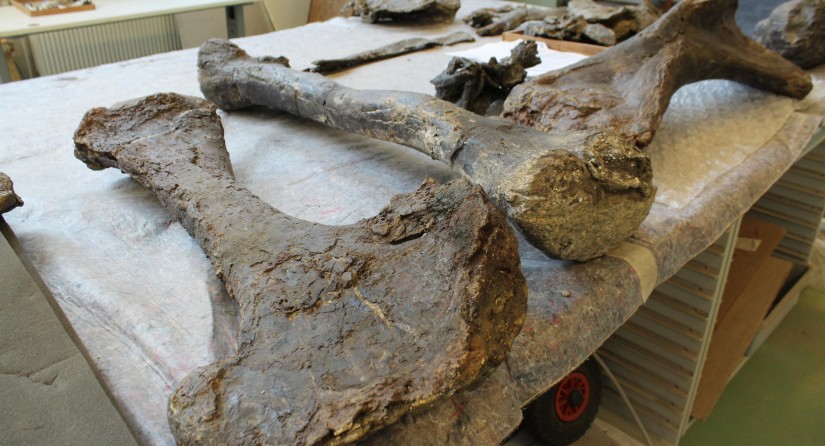
The nearly complete skeleton of a large, 20-meter-long herbivorous long-necked dinosaur, acquired in 2019, has arrived at the Institute of Natural Sciences. Named "Dan," this specimen may belong to a new genus of diplodocids. The preparation of the skeleton has begun and will reveal many secrets over the next years.
Where Does 'Diplo Dan' Come From?
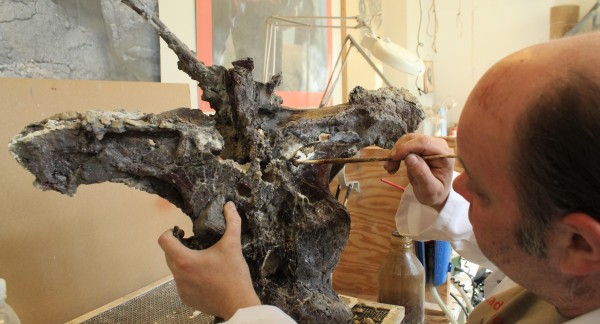
Like Arkhane, the Allosaurus that has been on display in the museum since 2019, Dan was excavated in central Wyoming, USA. The find site is located in the Morrison Formation, which dates back to the Late Jurassic, in a layer about 155 million years old. This formation is a treasure trove for paleontologists: since the late 19th century, some of the most iconic dinosaurs, such as Diplodocus, Stegosaurus, and Allosaurus, have been discovered in its sediments.
Sauropods, the giant four-legged herbivores with long necks and tails, are the superstars of the Morrison Formation and the largest animals to have ever walked on our planet. Their enormous numbers and diversity in the Morrison reflect the evolutionary success of this group during the Late Jurassic.
Who is Dan?
Dan was largely excavated during the summers of 2018 and 2019, including work by our paleontologists. The rest of the skeleton was uncovered after the first COVID crisis. The specimen is partially articulated (the bones still connected) and the quality of the fossils is excellent. We estimate that the skeleton will be about 85% complete. Based on Dan's femur measuring 170 cm, we estimate that he was about 20 meters long—quite impressive!
The bones were covered with plaster at the find site to protect the fossils during transport to the preparation lab, where technicians will carefully free them from the sediment. Paleontologists will only be able to fully identify Dan and scientifically confirm other aspects after the preparation of the skeleton, a phase that begins this year and will last at least two years.
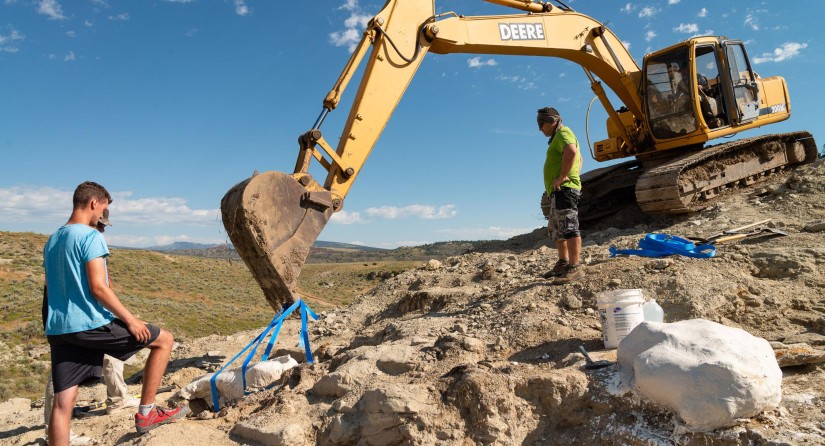
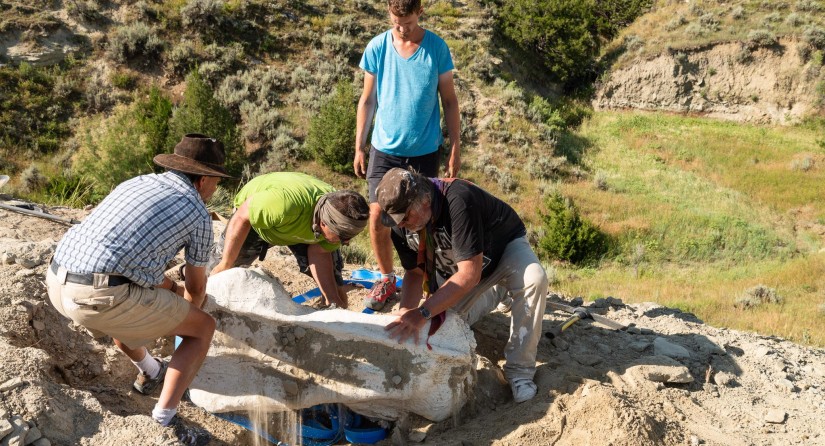
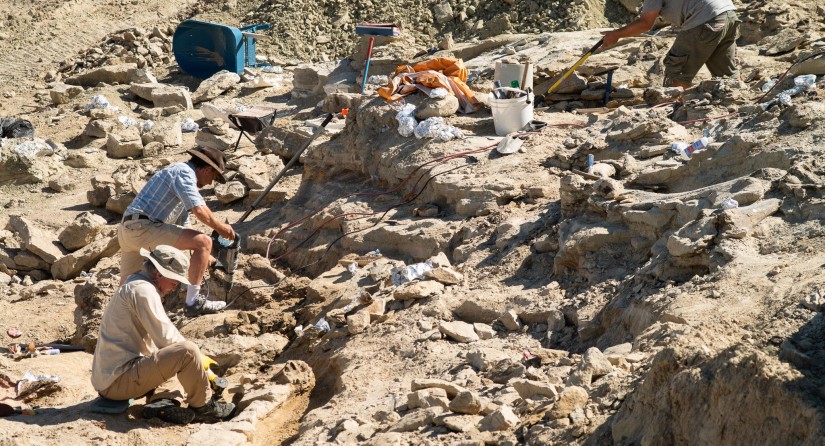
What makes Dan special?
From a heritage perspective, Dan is exceptional. Of the many sauropods unearthed so far, nearly-complete, partially articulated skeletons like Dan are a rarity. Even famous specimens, like the Diplodocus and Apatosaurus at the Carnegie Museum of Natural History in Pittsburgh, are less well-preserved. Dan already appears to be one of the best-preserved diplodocid specimens to date.
Moreover, this specimen is 100% reliable: we can document the entire process, from the discovery in Wyoming by our paleontologists to the assembly.
Scientifically, a preliminary analysis of the unprepared bones suggests that Dan belongs to the Diplodocinae group, with Diplodocus being the most well-known genus. However, Dan likely represents a new genus of ‘diplodocine’ sauropods.
Since this is one of the best-preserved sauropod skeletons in the world, we plan to study and describe its skeletal structure and phylogenetic relationships. This will help us better understand sauropod evolution. We also intend to examine the growth, physiology, and biomechanics of this specimen. The results of this research will be published in a monograph.
Sauropods like Dan, with their immense size and bizarre morphology, are the superstars of natural history museums, especially in North America. As far as we know, only one European museum, the Sauriermuseum in Aathal (Switzerland), has a similarly complete specimen. In a few years, Dan will join other star attractions in our Museum: the famous Bernissart Iguanodons, Plateosaurus Ben, Allosaurus Arkhane, and many others.
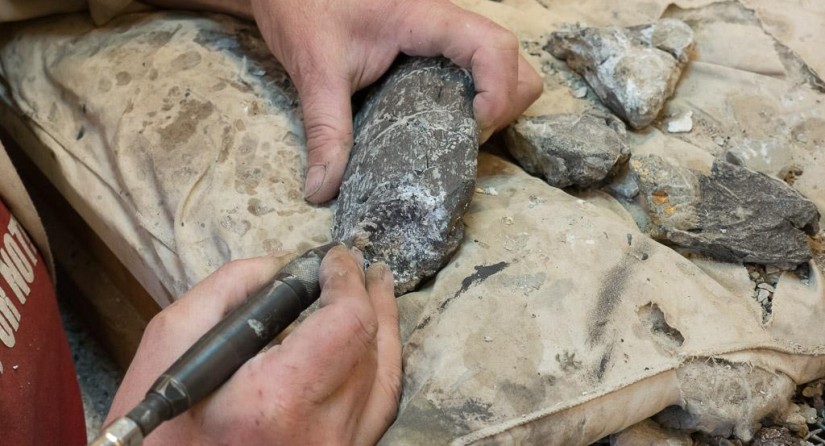
Dan was purchased in 2019 by the Royal Belgian Institute of Natural Sciences with the permission of the Federal Science Policy and the advisory purchasing committee, due to its heritage value, scientific significance, and potential for the museum. The preparation and assembly are made possible by the financial support of the National Lottery.





